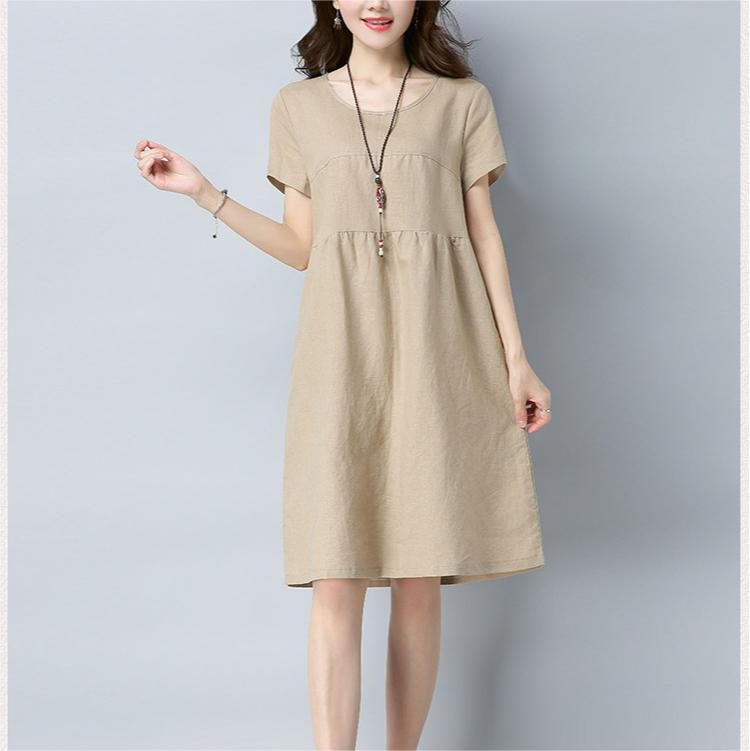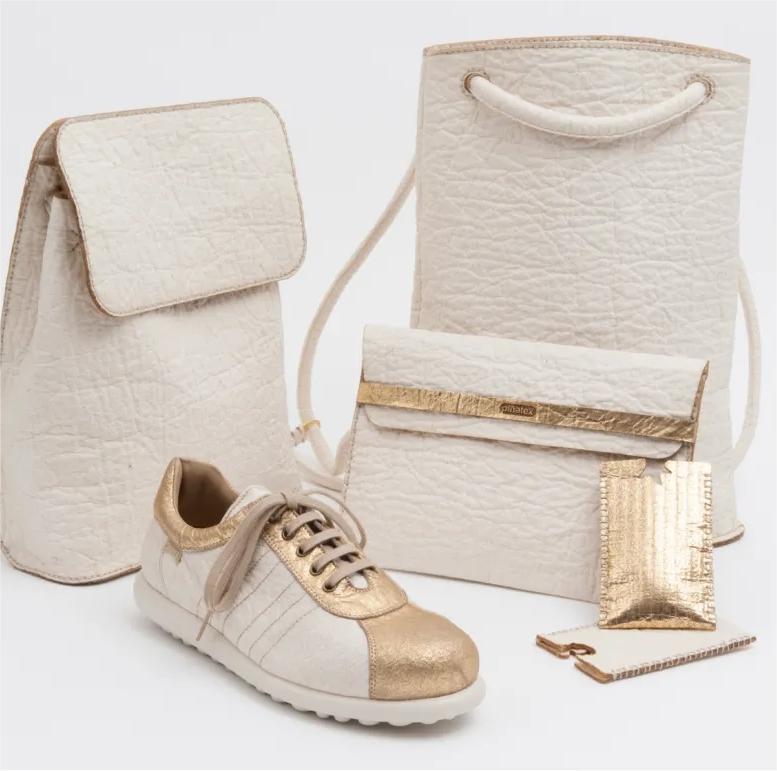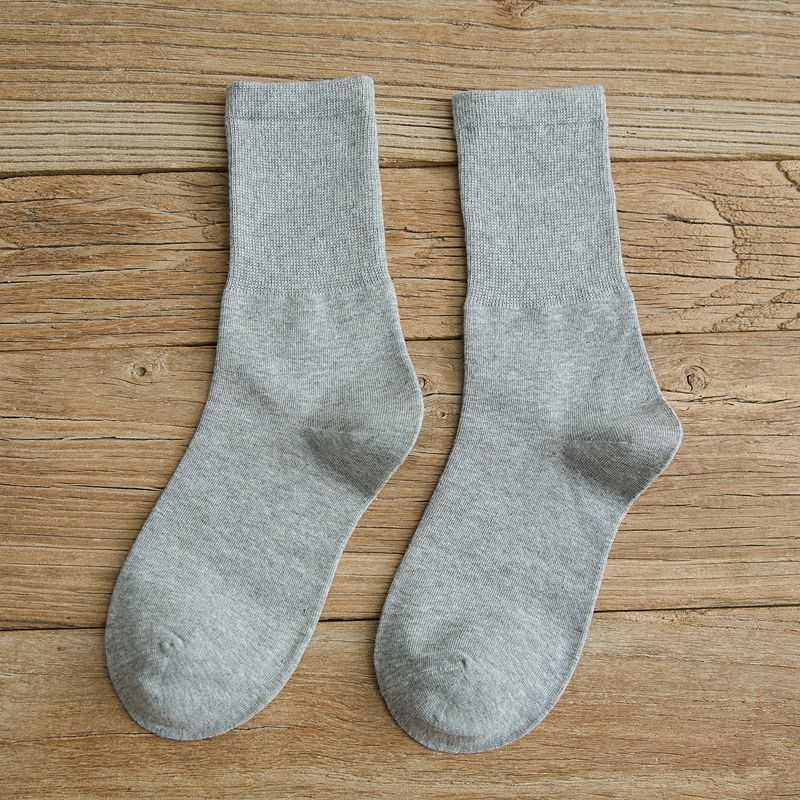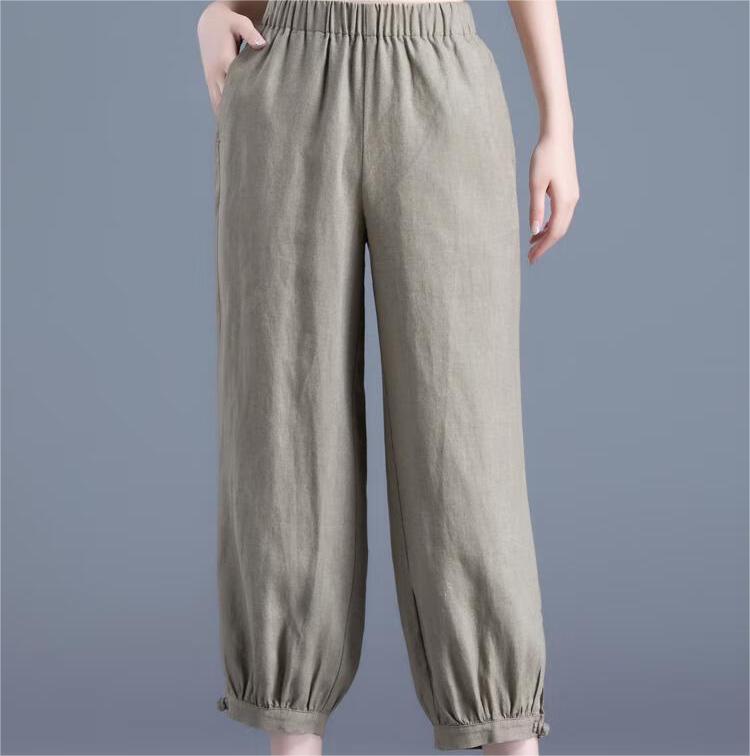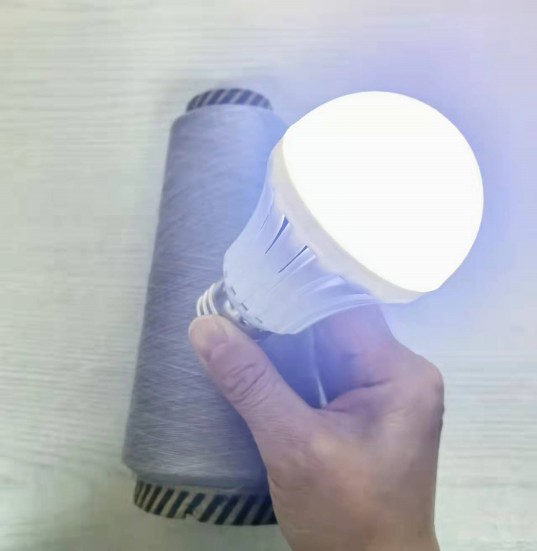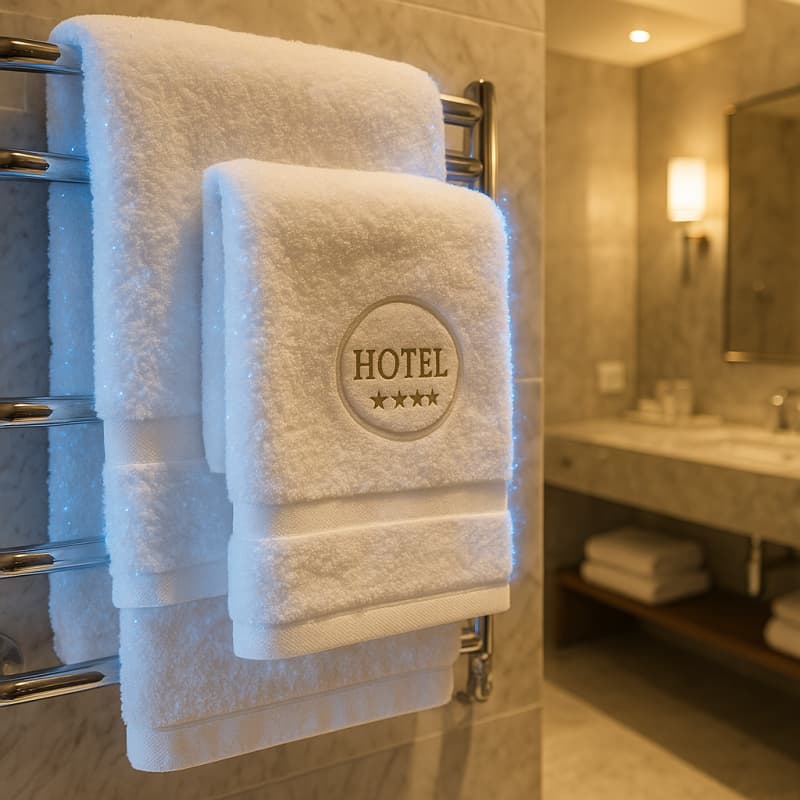This article discusses pineapple leaf fibers as sustainable textile alternatives, natural antimicrobial fabrics, and innovative eco-friendly materials in the fashion sector.
If you’ve ever looked closely at the labels on your clothes, you’ve probably wondered about the materials that touch your skin every day. Cotton, polyester, wool—these are familiar names. But have you ever heard of pineapple leaf fiber? Yes, you read that right—pineapple leaves can become the comfortable fabric you wear every day. Today, we’re going to dive into this exciting sustainable textile innovation to understand why it matters for you, the planet, and the future of clothing.
What Exactly Is Pineapple Leaf Fiber?
Pineapple leaf fiber—often abbreviated as PALF—is exactly what it sounds like: fiber derived from the leaves of pineapple plants. You might be familiar with pineapple as a delicious tropical fruit, native to South America, particularly Brazil, and widely cultivated across tropical regions like the Philippines, Thailand, and India. But the leaves of this plant have historically been considered waste, often burned or discarded, causing unnecessary pollution.
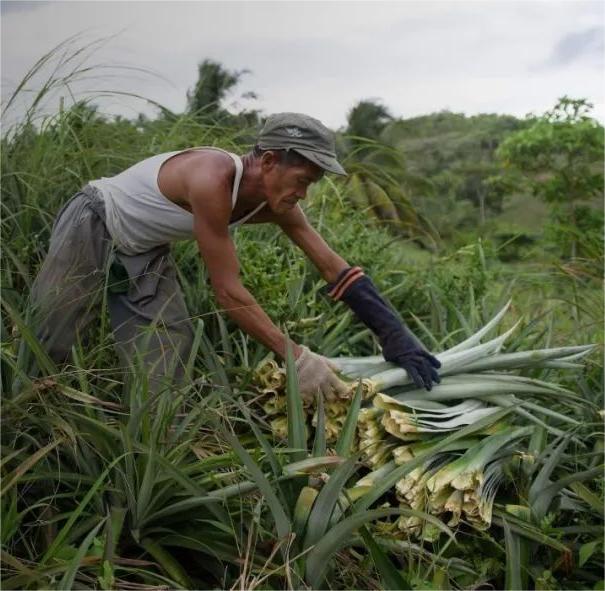
Today, these leaves are getting a second life as a sustainable, natural textile material. This innovation transforms waste into a resource, significantly reducing environmental pollution and creating valuable products from previously overlooked materials.
Why Pineapple Leaf Fiber Matters
Choosing pineapple fiber clothing isn’t just about fashion; it’s about sustainability and health too. The fiber is completely natural and biodegradable, meaning it won’t sit in landfills for centuries like synthetic fabrics often do. As we become more conscious about our environmental impact, sustainable materials like pineapple leaf fiber are becoming increasingly popular.
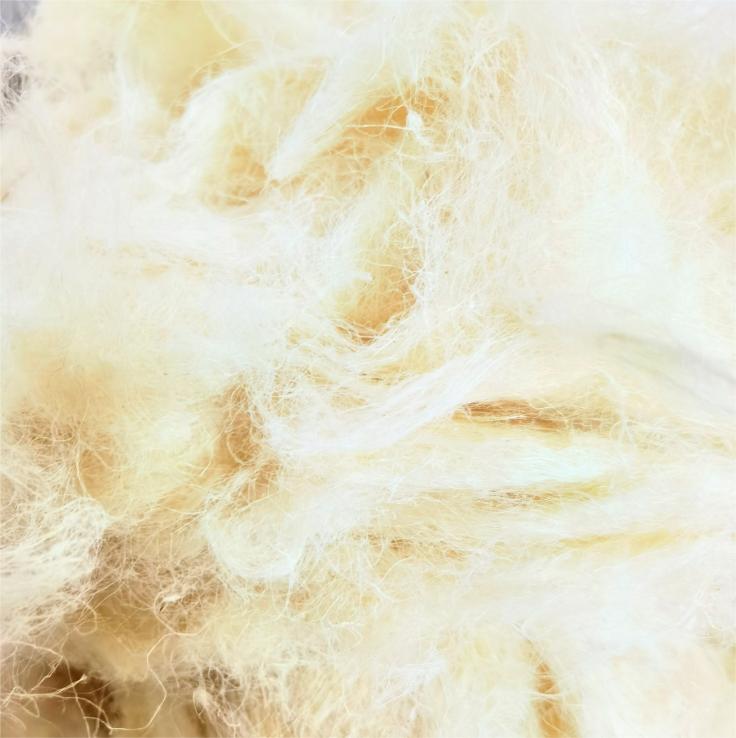
One standout feature of pineapple fiber fabric is its natural antimicrobial property. Research published in the International Journal of Biological Macromolecules (2020) confirmed that PALF exhibits natural antimicrobial activity against common bacteria like Staphylococcus aureus and Escherichia coli. Unlike chemically treated synthetic materials, pineapple leaf fiber naturally inhibits bacterial growth and prevents odors, keeping clothes fresher for longer without harsh chemicals. This makes it perfect for sensitive skin or everyday comfort.
Additionally, pineapple fiber is naturally breathable, highly absorbent, and gentle on the skin, offering you a silk-like softness combined with linen-like strength and comfort. You don’t have to sacrifice luxury to embrace sustainability—this fiber proves that eco-friendly clothing can also feel incredible against your skin.
How Pineapple Leaf Fiber Becomes Fabric
Turning pineapple leaves into wearable fabric is a fascinating journey. Farmers typically harvest pineapple fruits and leave behind thousands of unused leaves. Traditionally, these leaves would have been wasted, but modern technology now enables efficient extraction of high-quality fibers from these leaves.
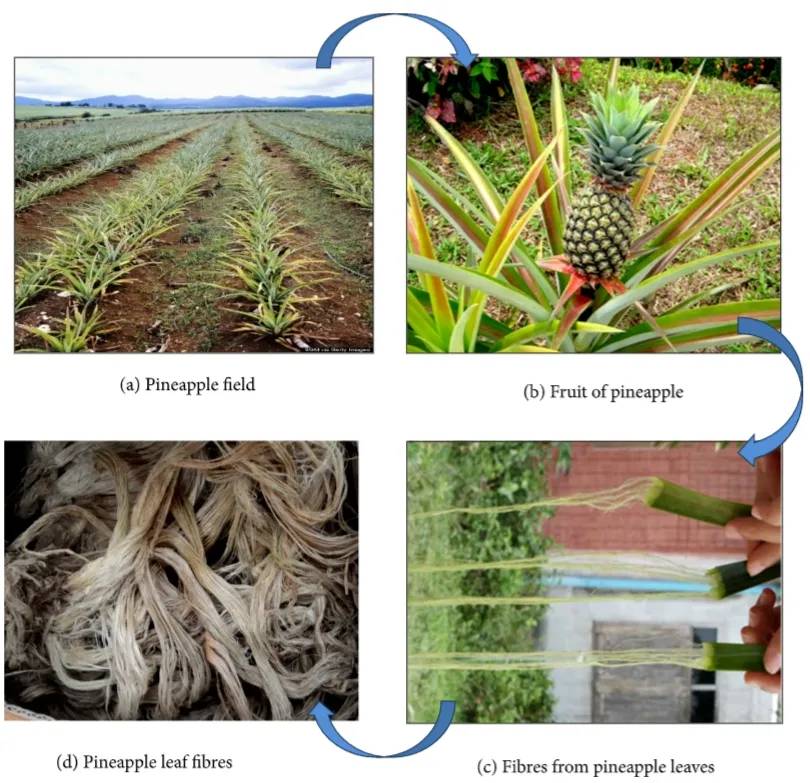
Currently, there are several fiber extraction techniques available, including manual, mechanical, and chemical methods. Mechanical extraction is particularly promising, using machines that efficiently separate fibers from the leaf without chemical intervention, maintaining the natural integrity of the fiber. After extraction, fibers undergo gentle processes, such as combing and spinning, to create soft, strong threads ready for weaving into fabrics.
A crucial benefit of this method is its eco-friendly nature. Production doesn’t require harmful chemicals or significant water use, aligning perfectly with modern sustainability standards like the internationally recognized Oeko-Tex 100 standard, ensuring safety from harmful substances.
Real-Life Applications of Pineapple Leaf Fiber
Pineapple fiber is making waves across the globe in diverse fashion and home applications. In the Philippines, pineapple leaf fabric, locally known as “Piña,” has long been celebrated for its quality and elegance. It is widely used in traditional clothing, special occasion attire, and even high-fashion pieces. The fabric’s unique texture, slight natural sheen, and inherent antimicrobial properties make it particularly desirable.
Beyond fashion, pineapple leaf fiber also enhances home textiles. Manufacturers now use it for upholstery, curtains, bedding, and decorative textiles, capitalizing on its antibacterial qualities and natural freshness. Your home can also benefit from textiles that reduce allergens and bacteria naturally, improving overall indoor air quality.
Even the footwear industry is exploring pineapple leaf fiber as a viable alternative to conventional materials. Brands aiming for sustainability appreciate its strength, durability, and natural comfort.
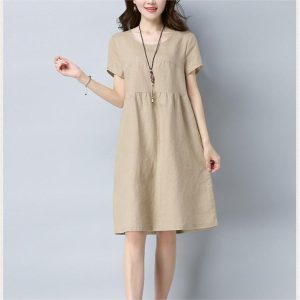
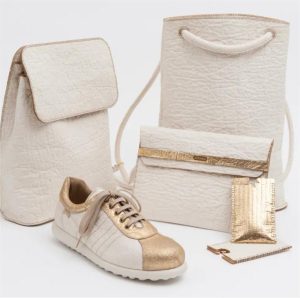
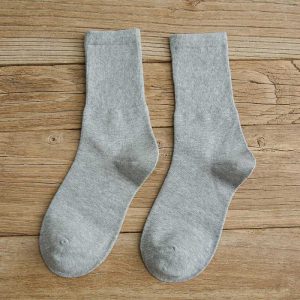
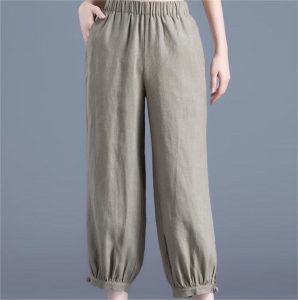
What’s Next for Pineapple Leaf Fiber?
Looking forward, the future of pineapple fiber in sustainable textiles appears bright. Global interest in sustainable fabrics is increasing rapidly, driven by consumer awareness and industry demand for eco-friendly alternatives to conventional synthetic fibers. Companies and designers worldwide—from Japan’s Kanebo Ltd., who developed innovative methods to use pure pineapple fibers, to Singapore’s NextEvo, pioneering mixed yarn blends—recognize the potential of pineapple leaf fiber.
But there are still challenges. The production scale remains limited, and some costs are higher compared to established synthetic fibers. To tackle this, ongoing innovations are refining extraction processes, automating production, and optimizing supply chains. As awareness grows and production methods become more efficient, costs will likely decrease, making pineapple fiber accessible for everyday apparel.
Consumer education also plays an essential role. As you and I become more informed about the environmental and health impacts of our clothing choices, demand for sustainable alternatives like pineapple fiber will undoubtedly grow. Supporting brands and products made from pineapple leaf fiber actively contributes to a more sustainable and environmentally conscious fashion industry.

Making the Shift to Pineapple Leaf Fiber
So why should you consider switching to clothing made from pineapple leaf fiber? Beyond its sustainability credentials, choosing natural, biodegradable fabrics directly benefits your skin and health by minimizing chemical exposure. The antibacterial properties reduce the need for frequent washing, extending the life of your garments, saving energy and water—important considerations for any environmentally conscious wardrobe.
When you wear pineapple leaf fiber clothing, you’re directly participating in a larger movement toward sustainability, demonstrating that comfort, style, and eco-consciousness can coexist beautifully.
A Future to Look Forward To
The textile industry stands at a crossroads, and embracing innovative, sustainable solutions like pineapple leaf fiber is more important than ever. By understanding the benefits and supporting products made from these natural fibers, we can collectively foster a healthier environment and a more responsible fashion industry.
As this material continues gaining popularity worldwide, pineapple leaf fiber could become a staple fabric choice—common enough to rival traditional textiles like cotton or wool. Its rise illustrates a clear message: what we choose to wear can significantly impact the world around us.
By selecting pineapple leaf fiber products, you’re part of shaping a cleaner, greener, and healthier future for all of us. Together, through conscious consumer choices, we can support the textile innovations that our planet so desperately needs.

